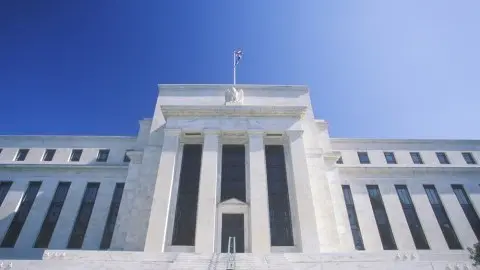ECB: About bazookas and water pistols
At last week’s meeting in Vilnius, ECB president Mario Draghi sent a strong signal that the ECB was only one small economic slip away from new stimulus. But what could the ECB still do?
It was not so much the announced actions – new forward guidance and TLTRO pricing – which surprised financial markets last week but Draghi’s comments during the Q&A session, stressing the ECB’s readiness to act “if adverse contingencies were to materialise” (see our review of the ECB meeting here. The surprise moment was when Draghi actually reported that the ECB had discussed options such as rate cuts and restarting quantitative easing in such a scenario. According to Draghi, no one should have doubts about the ECB’s policy space.
What could the ECB still do?
Since last week, many market participants are scratching their heads, wondering what the ECB actually still could do if it felt the need to act. Here are some thoughts:
- Another cut of the deposit rate – the safe bet. As long as the ECB believes that negative interest rates actually stimulate the economy and do not have significant negative effects (as suggested by a recent ECB working paper bank profitability is not affected by negative deposit rates) another rate cut looks like the easiest first option. Even without a tiering system. Combined with a tiering system, the ECB would shift away from the bank lending channel towards the fx channel, possibly bringing the Eurozone back on the US radar screen as a potential currency manipulator.
- Restart QE – possible but only with some tweaks. Another relatively easy-to-do option for the ECB. However, a valid question is how much “headroom”, as Draghi put it, the ECB really has to purchase bonds. According to ECB estimates, the current reinvestments still absorb close to 30% of the planned new issuances in Germany in 2019 and 2020 but less than 15% in France, Spain and Italy. Don’t forget that the 33% issuer limit was one of the main arguments used by the European Court of Justice in its ruling that QE was not monetary financing. As a result, headroom to significantly restart the sovereign bond purchases is rather limited, unless the ECB would be willing to deviate from the capital key. Instead, the ECB could either increase the issuer limit for EU supranationals (from currently 50% up to 100%) or step up its corporate bonds purchasing programme.
- Buying stocks – the bold option. So far only a theoretical or rather hypothetical option but if the ECB really wanted to make a difference, buying equity – or going Japanese – would be the ultimate answer. Obviously, with many strings attached but just think of purchasing stocks, funds or baskets aimed at supporting investments into green technologies or linked to “green” ratings.
Bazooka or water pistols?
All in all, while further rate cuts and restarting QE look like the most likely policy options for the ECB in case it really feels the need to act, none of these options is a magic bullet. In fact, technical, legal or economic limitations to these two types of policy instruments bring back previous euro-crisis memories of wanna-be bazookas, which actually are rather water pistols.
Eventually, the entire discussion of whether monetary policy still can kick-start a stagnating economy in a zero-rate environment will get more attention. If bazookas turn out to be water pistols, the only resort left is fiscal policy. Probably, the only thing that could really work to fight a recession or a protracted stagnation would be fiscal stimulus backed by monetary policy. However, this would require either a Eurozone budget or loosening the fiscal rules. None looks likely in the short run.
Over the last few years, the ECB under Mario Draghi has frequently proven that no one should ever underestimate its willingness to act or simply do “whatever it takes”. At least as long as Mario Draghi is in office, there is nothing worse for the ECB than admitting it has run out of ammunition. The ECB will do everything it can to avoid such a confession. Secretly, most ECB officials will keep their fingers crossed that the ECB’s determination to act will not be tested and that the Eurozone economy can avoid new slippages. If not, the next months will quickly show whether Draghi can once again overachieve or whether he has lost his magic touch.
This publication has been prepared by ING solely for information purposes irrespective of a particular user's means, financial situation or investment objectives. The information does not constitute investment recommendation, and nor is it investment, legal or tax advice or an offer or solicitation to purchase or sell any financial instrument. Read more
Download
Download opinion
13 June 2019
Where next for global central banks? This bundle contains 8 Articles
Carsten Brzeski
Carsten Brzeski is the Global Head of Macro for ING Research. Previously, he worked at ABN Amro, the Dutch Ministry of Finance and the European Commission. He is a 2019 JFK Memorial Policy Fellow at Harvard University and member of the Advisory Council on International Affairs for the Dutch government and Parliament. Carsten has studied at the Free University of Berlin, Northeastern University in Boston and Harvard University in Cambridge, USA.
Carsten Brzeski

